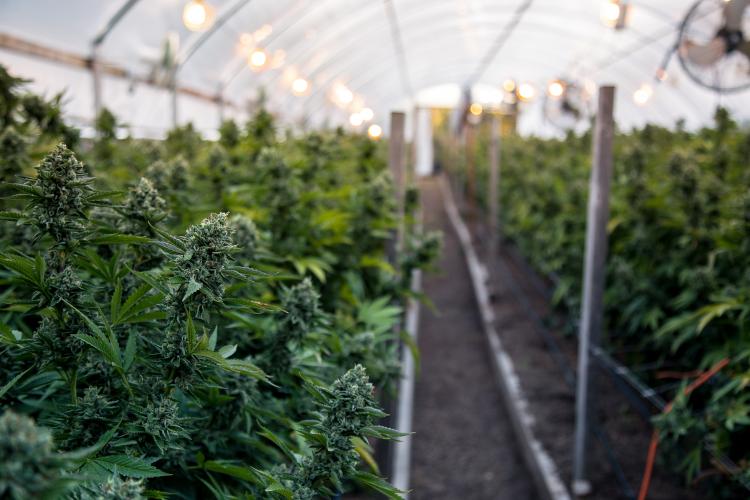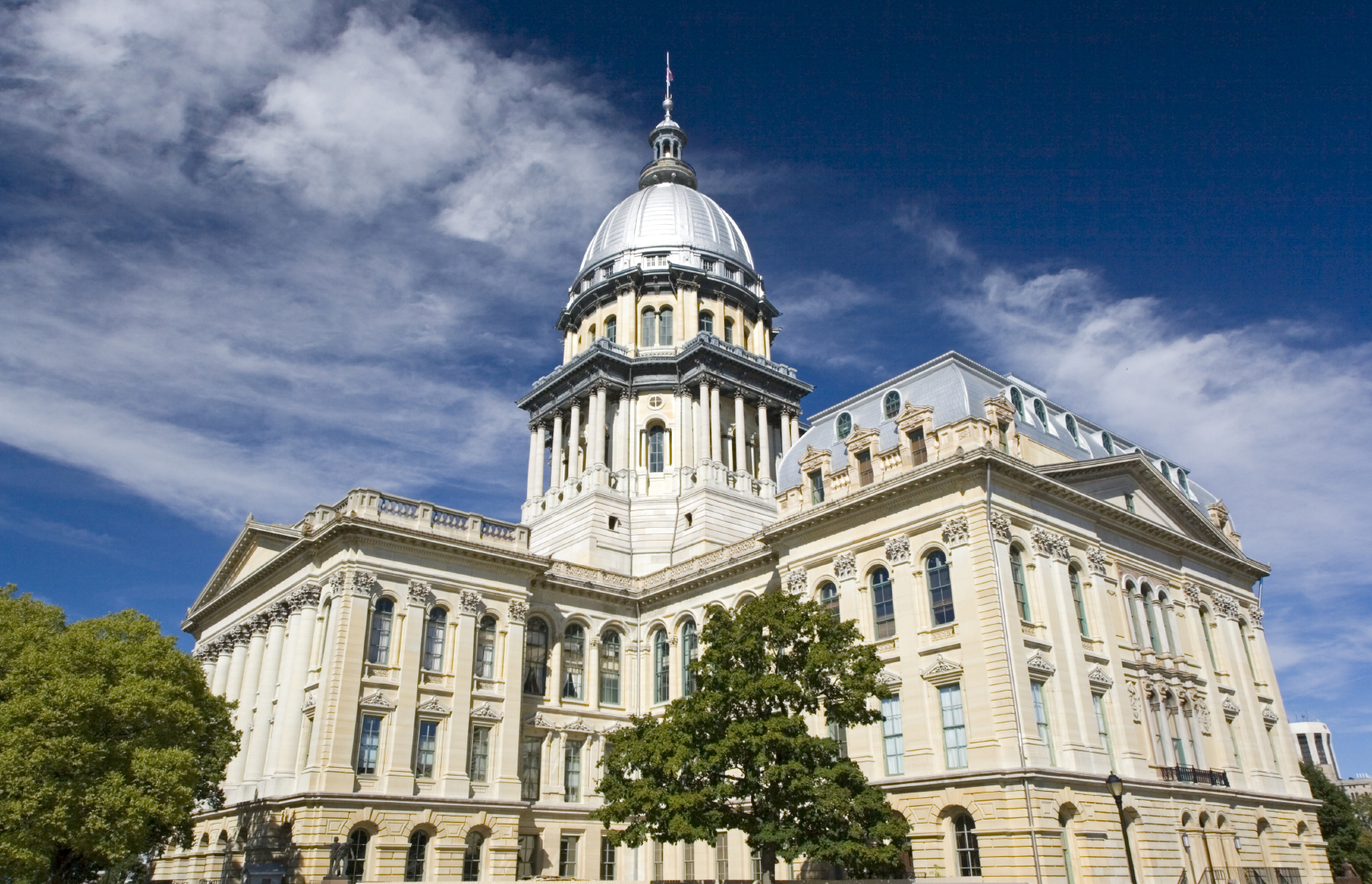
Recreational cannabis hits the shelves January 1, 2020 in both Illinois and Michigan. How will the race to market impact energy use?
Growing cannabis is an energy-intensive process, and as cultivators focus on getting product ready as quickly as possible, it will be easy for energy efficiency to get pushed to the backburner and energy consumption to rise.
Consider early adopters like Colorado and Oregon: In Denver, cannabis facilities are consuming 4% of the city’s electricity, while Oregon has experienced localized blackouts due to the added strain on the electric grid from indoor cannabis facilities. The Midwest can learn from these early adopters to ensure energy efficiency targets and grid reliability initiatives are not compromised by this nascent industry.
How Much Cannabis Will Midwest States Need to Produce?
The short answer: probably more than we think. Underestimating demand has been an issue in early adopting states.
A 2014 study estimated Colorado would need to produce 121 metric tons of cannabis to meet demand. After legalization, a 2017 study showed that the state actually produced 301 metric tons of cannabis, more than double what was originally anticipated.
Illinois and Michigan both have significantly larger populations than Colorado, so underestimating demand (and corresponding energy use) could be an even bigger issue in larger Midwest markets. As a result, it will be even more important for cannabis producers and their utility service providers to make energy efficiency a priority.

How Much Energy Does It Take to Grow Cannabis?
The short answer: we don’t exactly know.
While the energy impacts from indoor cannabis cultivation are significant—they’re often compared to data centers in terms of energy intensity—we don’t know exactly how much energy cultivators in Michigan or Illinois will use. Cannabis cultivators have been hesitant to share data on their facilities for at least 2 reasons: marijuana’s legal status at the federal level and a desire to protect trade secrets in this competitive marketplace. This makes it difficult to determine an industry average energy consumption per pound of cannabis flower.
The uncertainty about energy intensity, paired with shaky demand predictions, makes it hard to predict the overall energy needed to power the new cannabis markets in Illinois and Michigan.
And growing energy consumption isn’t just a problem for electric utilities. Growers will need more heat—often from natural gas—to keep facilities at optimal growing temperatures in the cooler Midwest climate. Utilities will need to prepare for additional load growth, which can set back energy efficiency goals.
How Can Midwest States Curb Demand Without Stifling the Industry?
Illinois
The Illinois cannabis legislation included energy efficiency requirements for cultivation facilities, which will lead to smarter energy use. Still, utilities will need to design custom programs to go above the efficiency baseline laid out in statute. The legislation specifies a lighting power density (essentially requiring the use of LEDs) for cultivation centers and high efficiency HVAC equipment. Because efficient lighting is required, utility lighting incentives won’t do much additional good.
There are, however, opportunities to incentivize dehumidification measures, HVAC system design, building envelope measures and other smaller equipment. The statute also requires cultivation centers to submit an energy report as part of the license application, which will help utilities forecast demand and identify energy efficiency opportunities for growers within their service territory. What info is required in the energy report and which measures cultivators will be required to report on are still being worked out with the Department of Agriculture.

Michigan
The Michigan legislation doesn’t include any energy considerations, so utility programs will be crucial to mitigate energy impacts.
Starting Early is Crucial
Once plants are introduced to a facility, energy efficiency retrofits are harder to achieve, so the best energy efficiency opportunities are during the facility design phase when equipment is still being selected.
In either state, resources will need to be developed to help cultivators design more efficient facilities and partner with their utility providers to select new growing facilities. One issue that has arisen in other areas of the country is the need for utility infrastructure upgrades to accommodate the large anticipated energy needs at new cultivation facilities. Many growers don’t factor these costs into their plans or budget. Utility distribution system upgrades can be mitigated if utilities and cultivators work in tandem early in the development of new cultivation centers.
Conclusion
The potential energy impact of legal cannabis cultivation is significant, but Midwest states can minimize growing pains by learning from the successes and set-backs of early adopters.
As new programs and resources are developed, MEEA will continue to share best practices with energy efficiency stakeholders across the region.
Related resources:
- Fact sheet: Legalized Cannabis & Energy Use
- Webinar recording: Legal Cannabis is Here: What Can Midwest Utilities Learn from Early Adopters?